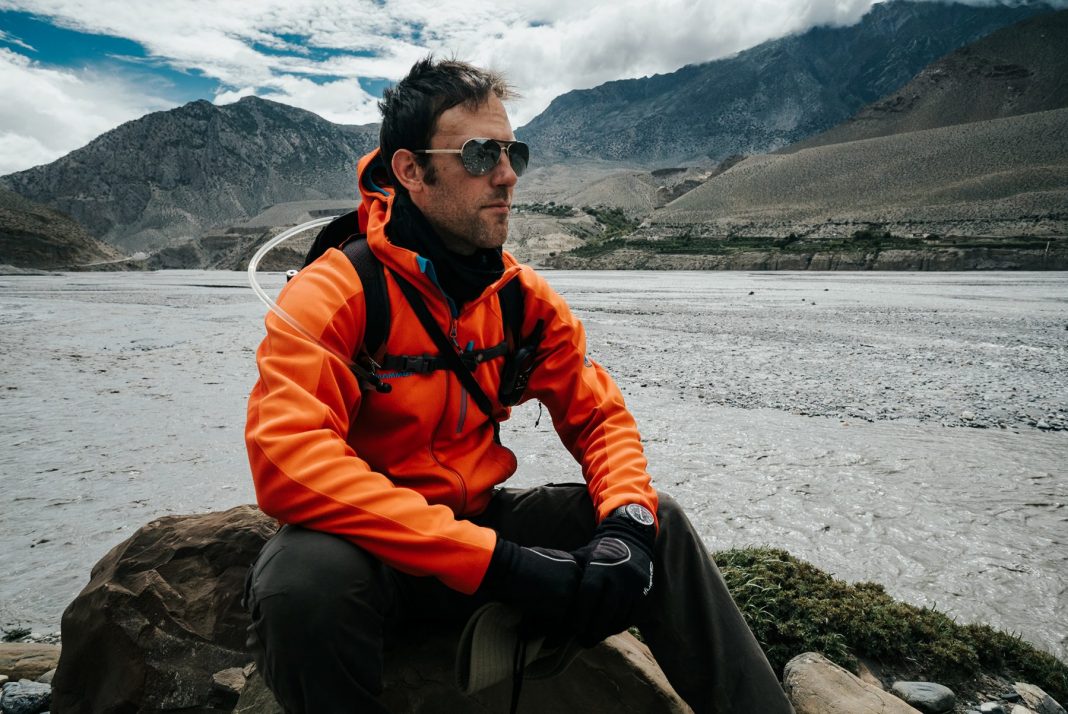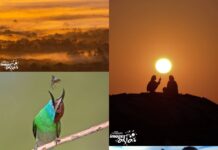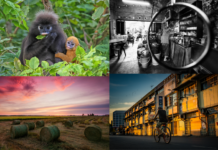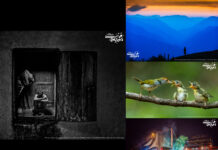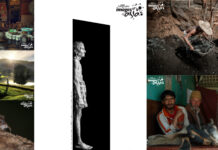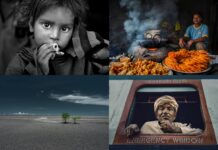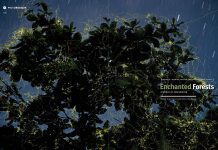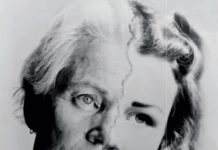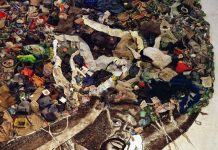Deserts, mountains and forests. All these are the playground of renowned trekker and photographer Ryan Pyle, who shares some key snapshots from his hikes
Text Rachel Genevieve Chia
Photos courtesy BBC/Ryan Pyle
ASIAN Geographic speaks to TV presenter Ryan Pyle about his arduous trips across Oman, China and Nepal as part of the new BBC series Extreme Treks: Season 2. Apart from trekking, the author, explorer and photographer has published 6 books and won accolades such as the PDN Photo Annual Winner, PDN 30 Emerging Photographer, and the Geographical Society of Philadelphia’s Explorer of the Year 2014. He is also a contributor to the New York Times.
This interview has been edited for length and clarity.
Q: Tell us more about trekking. You chose three places in Asia – Oman, China and Nepal – to film an episode each for the new series Extreme Treks: S2.
RP:I started trekking in 2003 in the mountainous Tibetan region of Sichuan. I’ve always loved getting out of the city and walking and camping in beautiful places. Out there, you really deal with the wrath of Nature in full force. It’s about personal growth, building strength and confidence.
Trekking is pretty much taking long walks off the beaten track to learn about culture and see amazing landscapes. We did the first series of Extreme Treks in Tibet. It was independently produced and directed. I think that let people know that there were all these adventures available to them even if they weren’t the fittest person on earth. For this season, we’re looking to break down stereotypes (such as the fact that the Middle East is is just all desert and nothing else) and show that many places are safe and accessible, with lots of nature and interesting infrastructure.
For Nepal, the Mustang region was a top pick because it has this sense of remoteness. It has this forbidden feeling about it, yet it’s colourful and vibrant. For China, we visited the Taklamakan Desert in Xinjiang. For Oman, we visited the Al Hajar mountains. Asia is such a safe place to travel and explore, the hospitality is amazing. It’s also got a colourful kaleidoscope of people, places and landscapes unlike anywhere else in the world.
Q: You’re an award winning photographer, and you take pictures while trekking. Tell us more about these photos.
RP: When I take photos on my treks, I’m just looking to capture the moment and the feelings associated with it. For example, on the Oman trip we met a caravan along the way and got to interact with locals and experience local culture. Then we finished up a 12-day trek by rock climbing in 40°C heat to a point 3,000m above sea level – the highest point in all of the Arabian Peninsula. I wore a blue helmet. It was one of the most fun moments in the show! The view of the world at the top of that rock was spectacular.
Q: What advice would you give to photographers looking to capture their experience of exploring the world, as you have?
RP: My advice is to take a lot of pictures. And to be in the place that you want to tell stories. I used to be a journalist, then realised taking travel photos was my passion. In 2002 I moved from the US to China permanently, because that was the place to be. People were hungry for stories on China.
If you really want to be a good photographer, sometimes that means keeping your daily finances low so you can afford money to travel. And sometimes it means taking the plunge and leaving home, moving to a new country. It’s much cheaper to take pictures in the place you live than get on a plane there lots of times. You get better faster that way. Being immersed in a way of life from different what you’re used to will create the environment for your skills to develop through experience and observation.
Catch Extreme Treks: S2 on the BBC Earth channel. To watch the trailer, click here.
[project_links]
[share]


